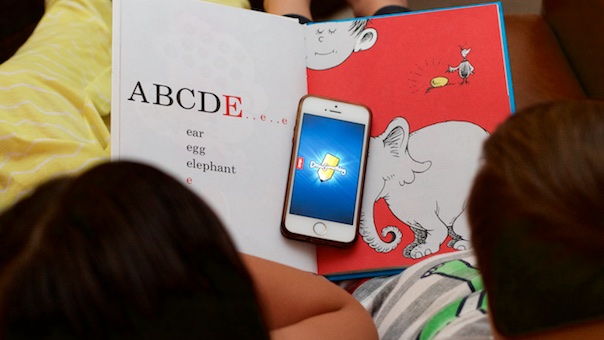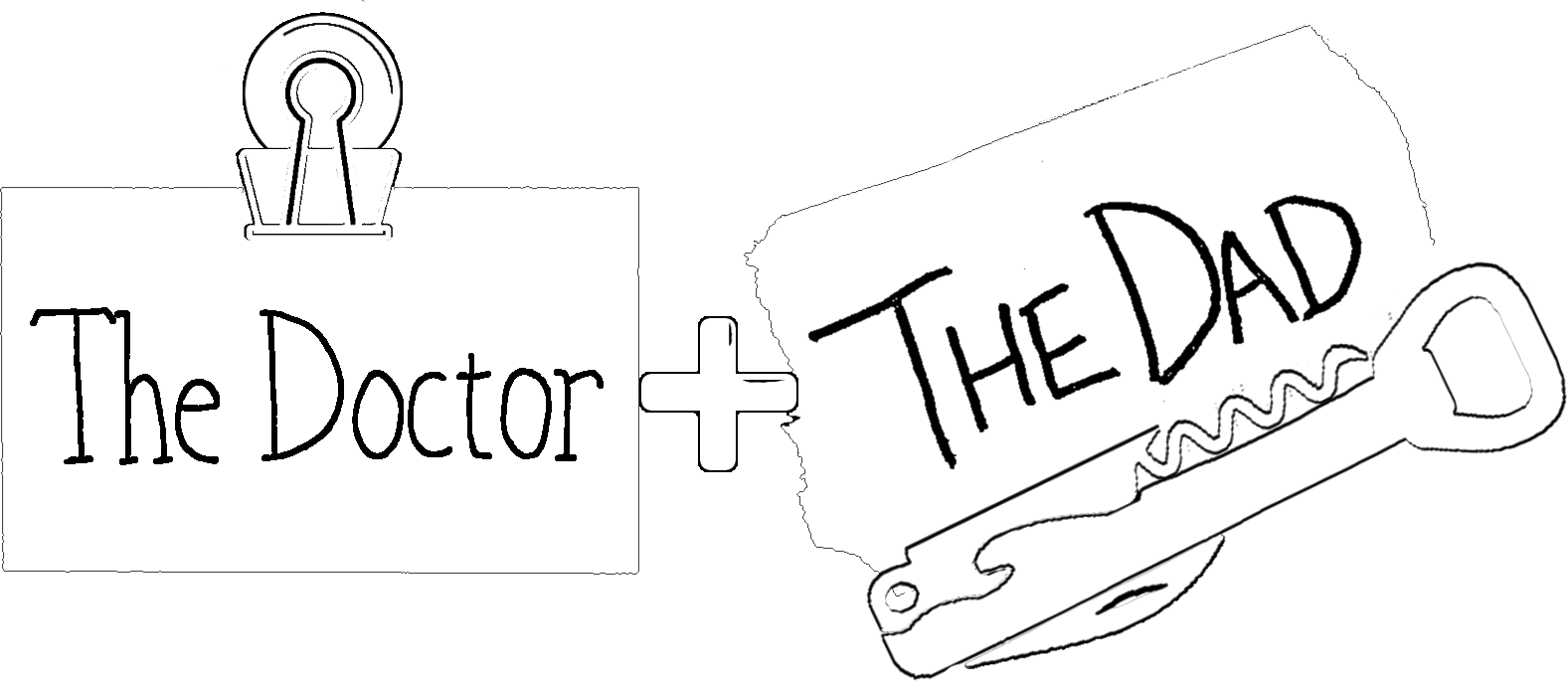
Plopping our kids down in front of a TV, computer or phone screen isn’t exactly our favorite thing to do. After all, too much screen time can slow language development, impede academic achievement and contribute to obesity.
But our family has found that, given the right amount of parental supervision (and a little luck too), kids’ screen experiences can be fun, helpful, or educational…
…sometimes in ways you’d never expect!
Case in point:
Our daughter started using one particular app on Mommy’s phone as a fun way to keep connected with her cousins. It’s called “Draw Something,” a back-and-forth Pictionary-type game where one person draws a picture, and then the other person guesses what it is and draws something else in return.
You might think that a game like this would only be good for boosting creative or artistic skills (or for wasting time when you really ought to be getting some actual work done).
But for our daughter, who was almost five at the time, it had another, totally unexpected side-benefit: it taught her how to read!
Think we’re exaggerating? Well, we kind of are. We’d been reading to our daughter since the day she was born, and we talked with her a lot about letters and letter sounds before she ever started playing “Draw Something.” So lots of literary groundwork had already been laid.
But it was the app that really helped it all come together.
Here’s how:
When it’s time for you to guess the picture that the person you’re playing with drew, the app gives you a set of blank spaces that correspond with the number of letters in the correct answer, plus ten letters to choose from to fill those spaces.
For example, four spaces for the word “ring.”

Or three spaces for the word “cup.”

Our secret for turning “Draw Something” into a great reading lesson is that when our daughter told us her guess for what had been drawn, and then asked us how to spell the word, we did NOT tell her. Instead, we asked her how she thought the word should be spelled, and then coached her through sounding it out correctly.
And that’s pretty much it.
We found that over time our daughter needed less and less support figuring out which letters she had to push in order to spell her answers. Eventually she stopped asking us for help altogether – and we’d only know she got the word right because we’d hear the music the app makes when your answer is correct!
Around the same time all this was happening, our budding little bookworm started surprising us by successfully reading things like books, billboards and cereal boxes too!





